More: What the folders in root are for
You probably realized at this point that neither does Linux use characters like C:, D: and so on to show hard drives, but that your home folder you see when opening the File Manager is actually located in /home/. When navigating upwards or clocking on the appropriate item on the left side of your File Manager, this is what you see:
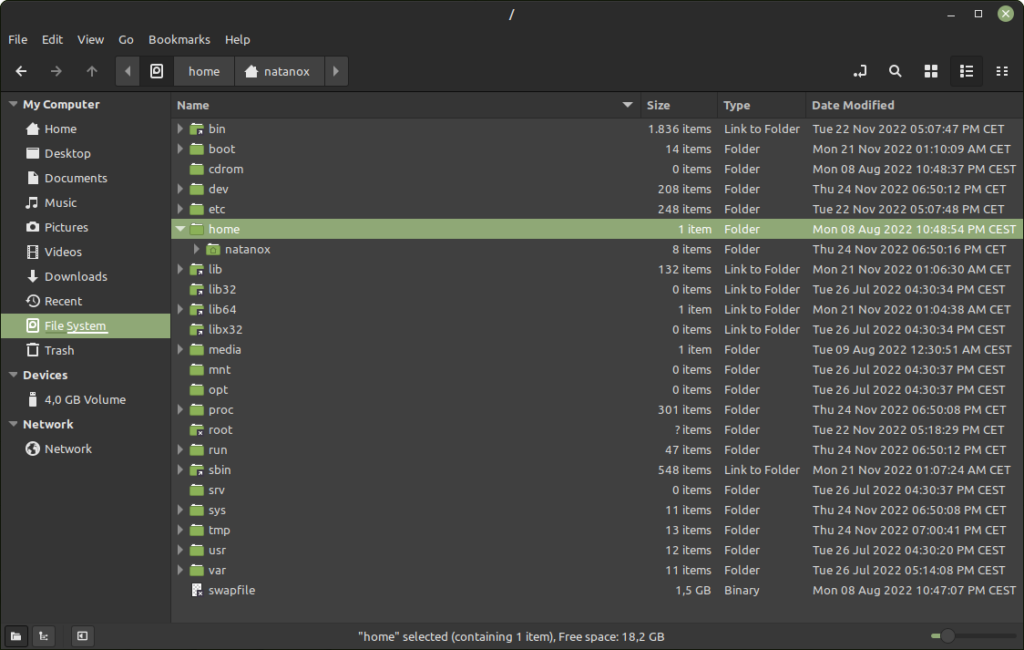
This folder is called root or just /. In general, there are only very few of these folders that are important to you as a normal user as most of the others are for system tasks and the inner workings of your computer. Let me list those you should know first:

/home
The place where all home folders of the user accounts are located.
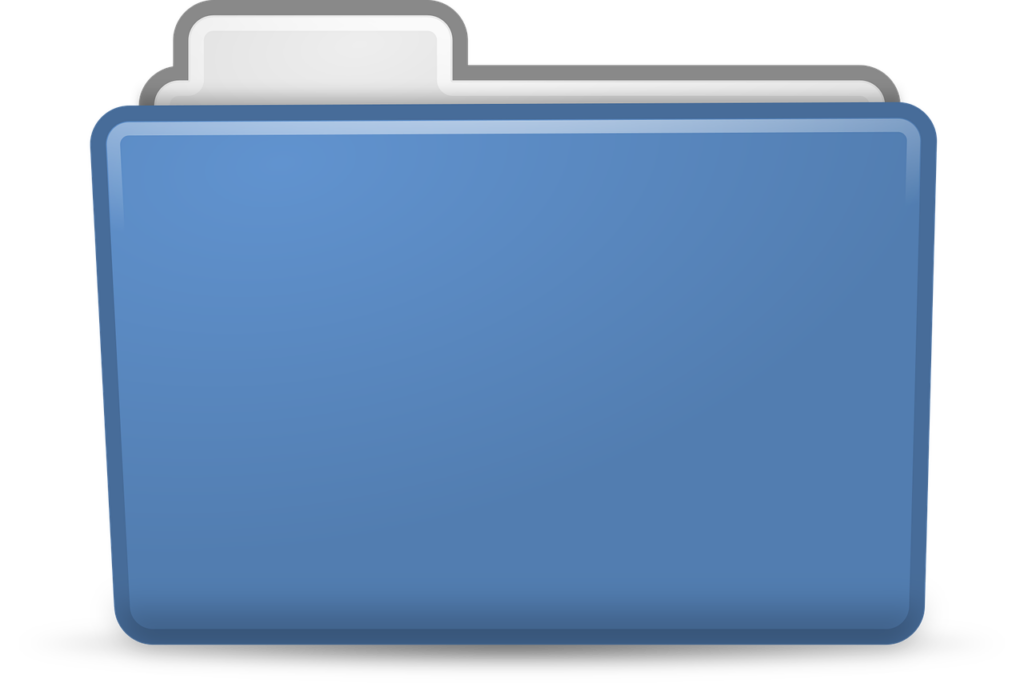
/media
or
/run/media
Most often this is the place where your distro will mount new drives. Some distros choose a different location though, best check the Disks tool.

/root
The “home” folder of root, the hidden system administrator account. It you open a File Picker in the system settings you sometimes start here by accident because the window you’re in needed root privileges.
With those three you should be able to find anything you need in your daily use.
Below are all the other folders – please remember that, even if you manage to grant yourself the privileges to edit something in there, doing so can absolutely break your computers software (especially in the red ones). This is what those folders are for:
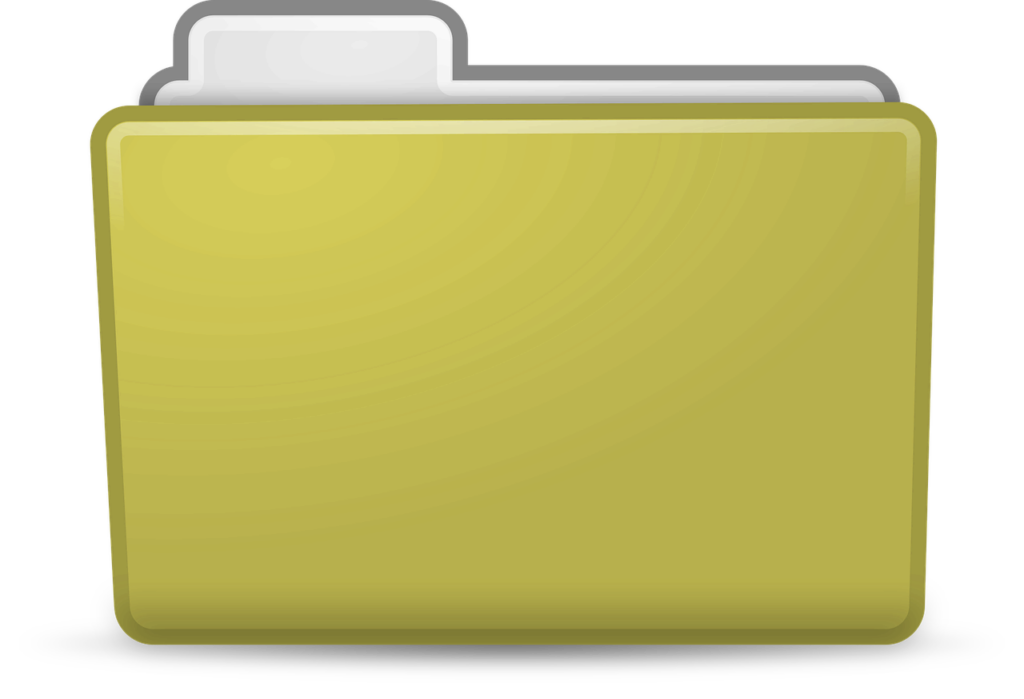
/bin
Short for “binaries“. When installing an application the executable is being put here.
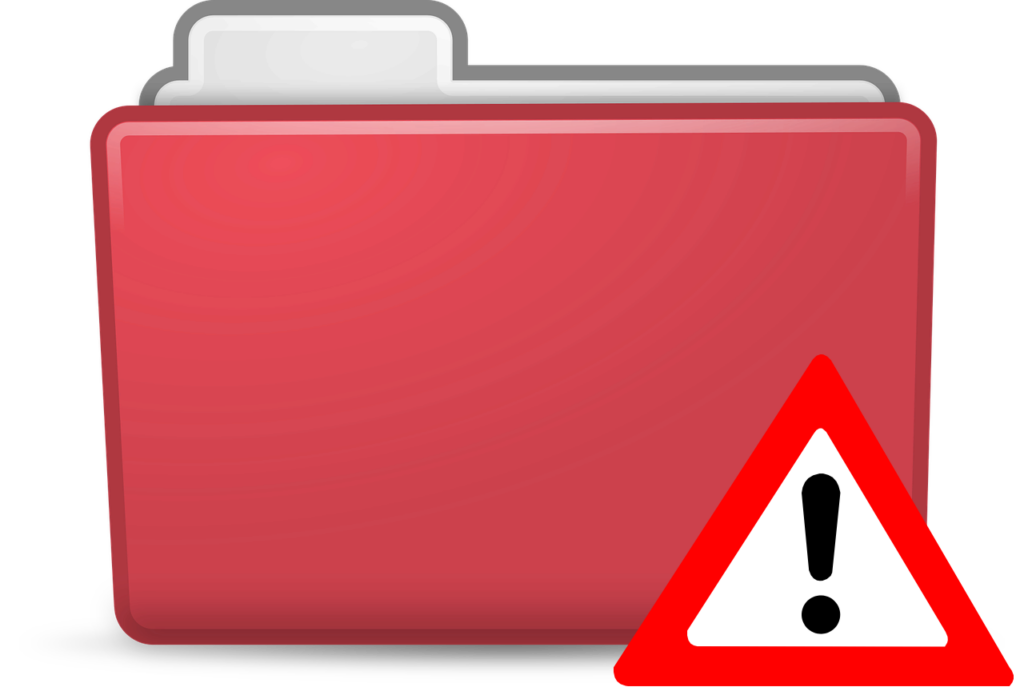
/boot
Where your bootloader lives. Any mistake here may stops your computer from booting!
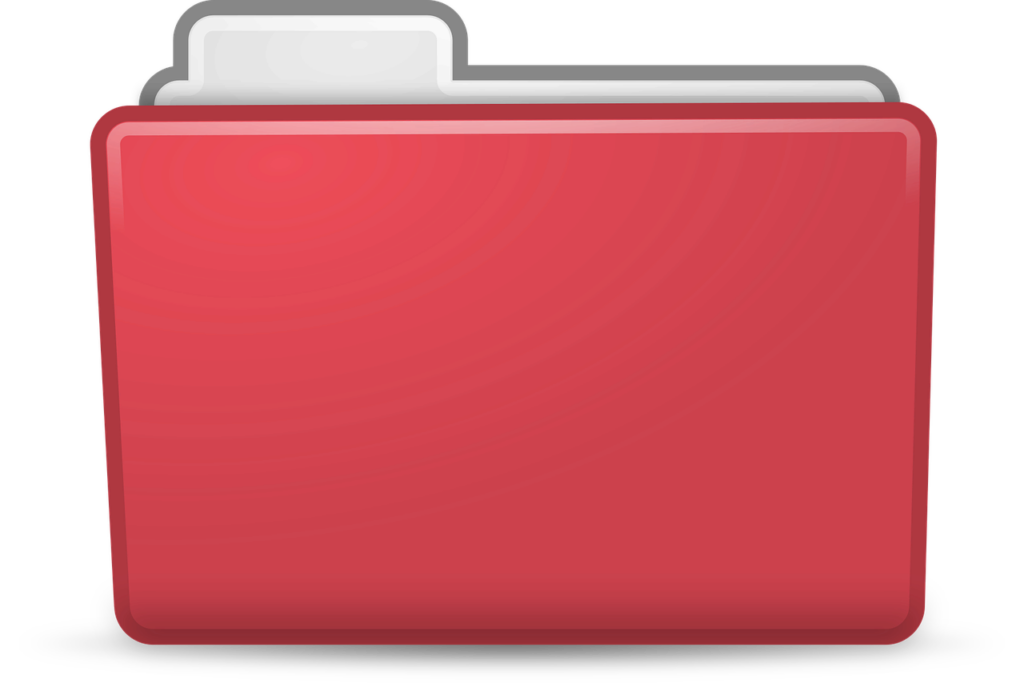
/dev
All devices that are part of or connected to your computer can be found here as a file (not necessarily by name).

/etc
Configuration files of anything that is applied system-wide.

/lib
Necessary libraries for apps to run are being stored here.

/lib64
Necessary libraries for apps to run are being stored here.

/lost+found
This folder might pop up if your computer crashed or lost power before. In such cases your disk checks for lost data and puts it here.

/mnt
Short for “mount”, exists for system administrators to use. Should be empty.

/opt
Optional folder for any installation that isn’t following Linux paradigms. For example Discord often gets installed here.

/proc
In here hardware and kernel features are exposed. DO NOT TOUCH!

/run
Used by applications that start very early during boot to place files they need to run. Sometimes also used for other things.

/sbin
Like /bin, but for important system apps only to be used by root.

/srv
Short for “service”. Used by server tools, probably empty on your machine.

/sys
Shows system information for apps to use.

/tmp
Temporary folder for your system and applications to use. Gets flushed every time your computer reboots.

/usr
Most likely the biggest folder in your root directory. It contains any application for the user, including the necessary libraries as well as other things.

/var
For “variable” data, like logs or other that keep changing.

Pingback:Great guide for folks willing to escape to freedom! – Thomas A. Besand
You could add hacktivista.com which is actually only shipping within Chile but is thinking on expanding to latinamerica.